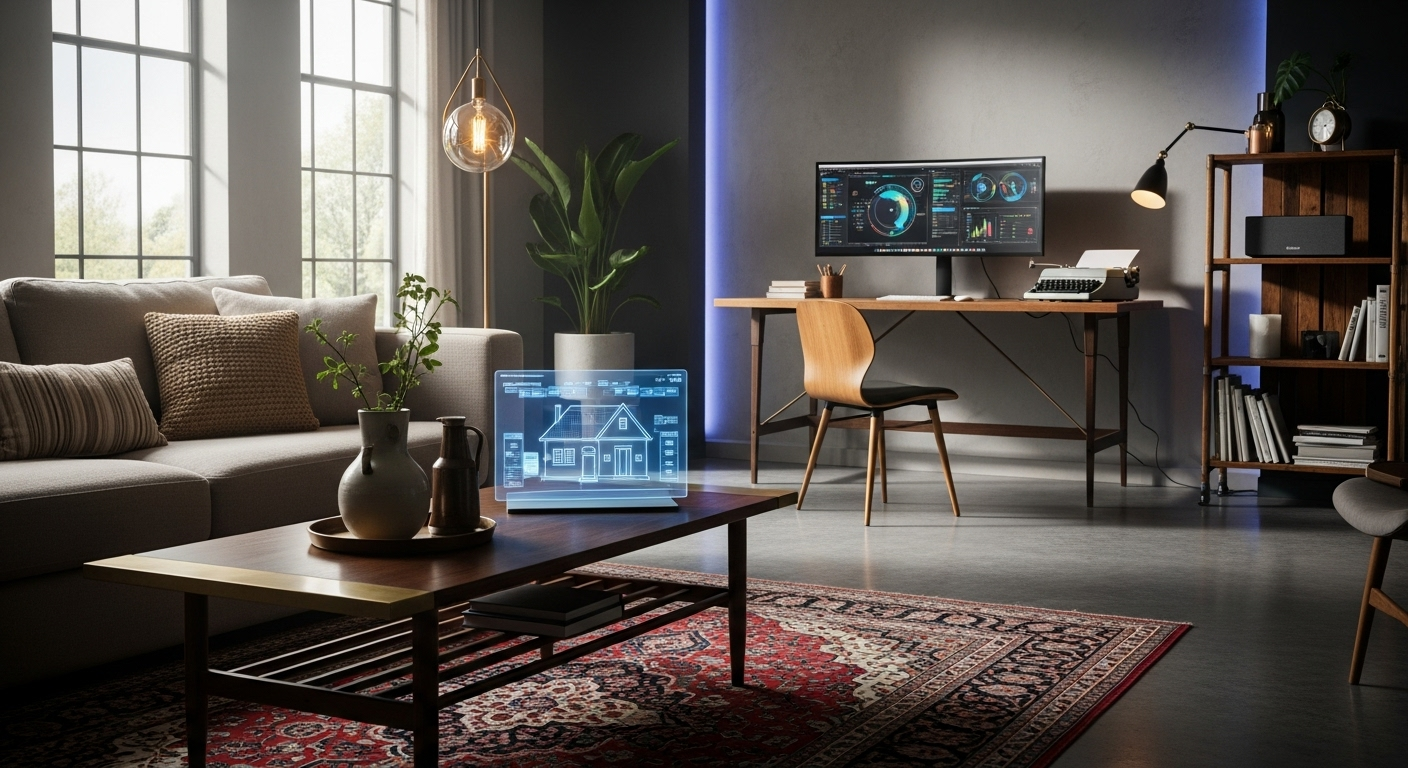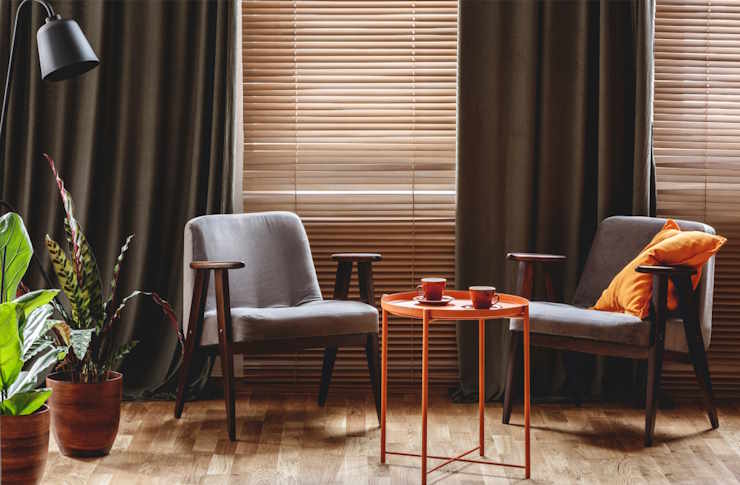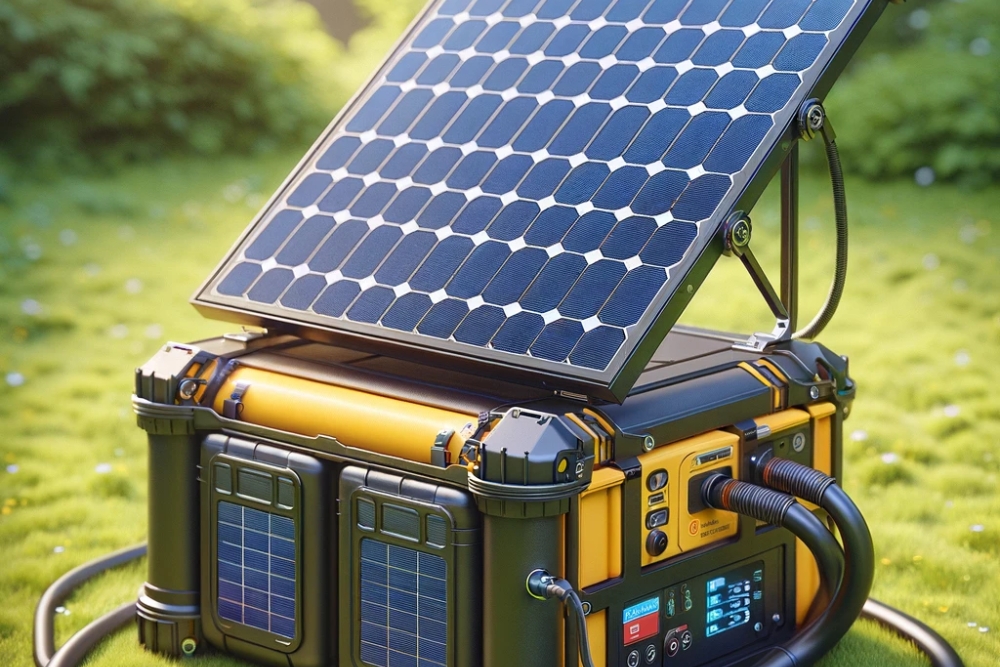Designing a Functional and Stylish Garden Office: Key Considerations
A garden office can create a dedicated workspace while making the most of outdoor space. From selecting the right location and materials to incorporating natural light and insulation, there are many factors that influence comfort and productivity. Discover practical tips and ideas to create a garden office that suits your needs and style.

Benefits of Working from a Garden Office
Working from a garden office offers numerous advantages over conventional home offices. First, the physical separation between your living space and workspace creates a healthy boundary, improving work-life balance. This separation helps you mentally transition between professional and personal modes, potentially boosting productivity while reducing work stress at home.
Garden offices also provide a tranquil environment amid nature, which research shows can reduce stress levels and enhance creativity. The natural surroundings offer calming views, better air quality, and natural light—all contributing to improved wellbeing and focus. Additionally, a garden office adds value to your property, with many homebuyers viewing it as a desirable feature that offers versatility for various uses.
Garden Office Design Ideas for Maximum Functionality
When designing your garden office, start by determining how you’ll use the space. Will it be solely for work, or will it double as a creative studio, exercise space, or guest accommodation? The intended function will guide decisions about size, layout, and features.
Consider creating distinct zones within your garden office if space allows. A primary workspace with an ergonomic desk and chair forms the core, while a small meeting area with comfortable seating can accommodate clients or colleagues. Include adequate storage solutions—built-in shelving, cabinets, or multifunctional furniture—to maintain an organized, clutter-free environment. Don’t overlook small details like cable management systems to keep technology wiring tidy and accessible.
For aesthetic appeal that inspires productivity, incorporate elements that reflect your personal style. This might include artwork, plants, color schemes, or design touches that make the space feel inviting rather than utilitarian. Remember that your garden office should be a place you look forward to spending time in.
Choosing Materials for Outdoor Offices
Selecting appropriate materials for your garden office is crucial for durability, maintenance, and visual appeal. Exterior cladding options include timber (cedar, larch, or pressure-treated pine), composite materials, or metal panels. Timber offers traditional charm and natural insulation but requires periodic maintenance, while composite materials provide durability with minimal upkeep.
For the structural elements, consider sustainable materials like FSC-certified timber frames or even recycled shipping containers for modern industrial aesthetics. Flooring should be durable and insulated—engineered wood, laminate, or luxury vinyl tiles offer practical options that withstand temperature fluctuations.
Windows and doors warrant careful consideration as they affect security, insulation, and natural light. Double-glazed units with toughened glass provide energy efficiency and security, while bifold doors can create an indoor-outdoor connection during warmer months. For roofing, EPDM rubber, metal, green roof systems, or traditional tiles all offer different benefits regarding durability, insulation, and appearance.
Insulation and Lighting for Garden Workspaces
Proper insulation transforms a garden building from a seasonal summerhouse into a year-round workspace. Invest in high-quality wall, floor, and ceiling insulation to maintain comfortable temperatures regardless of weather. Materials like PIR (polyisocyanurate) boards, sheep’s wool, or spray foam insulation create effective thermal barriers.
Adequate lighting design combines natural and artificial sources for optimal working conditions. Position your garden office to maximize natural daylight, ideally with north-facing windows that provide consistent illumination without harsh glare. For artificial lighting, implement a layered approach: ambient lighting for overall illumination, task lighting for focused work, and accent lighting to create atmosphere and highlight design features.
Consider energy-efficient LED fixtures with adjustable color temperatures that can be tailored to different tasks and times of day. Install multiple power outlets and possibly USB charging points strategically throughout the space to accommodate various devices and equipment without relying on extension cords.
Planning Permission and Installation Tips for Garden Offices
Before proceeding with installation, research local planning regulations as requirements vary by location. In many regions, garden offices fall under “permitted development” if they meet specific criteria regarding size, height, and distance from property boundaries. However, restrictions may apply if you live in a conservation area, listed building, or plan to use the office for client visits.
Professional installation ensures compliance with building regulations and proper electrical connections. Prepare the site properly with a level base—options include concrete slabs, strip foundations, or ground screws depending on terrain and building type. Consider access for construction materials and equipment, as narrow side passages may pose challenges for larger prefabricated units.
For utilities, decide whether to connect to your home’s existing systems or install independent solutions. Running electricity requires professional wiring with appropriate safety measures, while options like solar panels might suit more remote locations. Internet connectivity can be extended from your home network using boosters, mesh systems, or dedicated lines for reliable service essential for video calls and uploads.
Cost Considerations for Building a Garden Office
Garden office costs vary significantly based on size, materials, insulation quality, and whether you choose a DIY approach or professional installation. Basic garden room kits start around $5,000-$8,000 but typically require additional investment for insulation and electrics. Mid-range, fully-insulated garden offices with professional installation generally cost between $10,000-$20,000, while high-end bespoke designs with premium materials and finishes can exceed $30,000.
| Garden Office Type | Approximate Cost Range | Key Features Included |
|---|---|---|
| Basic Kit | $5,000-$8,000 | Simple structure, minimal insulation, DIY assembly |
| Mid-Range Custom | $10,000-$20,000 | Full insulation, electricity, professional installation |
| High-End Bespoke | $25,000-$50,000 | Premium materials, integrated utilities, architectural design |
| Eco-Friendly | $15,000-$30,000 | Sustainable materials, solar options, green roof systems |
| Converted Shipping Container | $8,000-$25,000 | Industrial aesthetic, high durability, varying insulation levels |
Prices, rates, or cost estimates mentioned in this article are based on the latest available information but may change over time. Independent research is advised before making financial decisions.
Creating a garden office represents a significant investment in both your property and work-life quality. By carefully considering the design, materials, insulation, lighting, and regulatory requirements, you can create a functional and stylish workspace that enhances productivity while providing a peaceful retreat just steps from your home. Whether you opt for a minimalist pod or an elaborate studio, your garden office should reflect your professional needs while harmonizing with your outdoor space.






